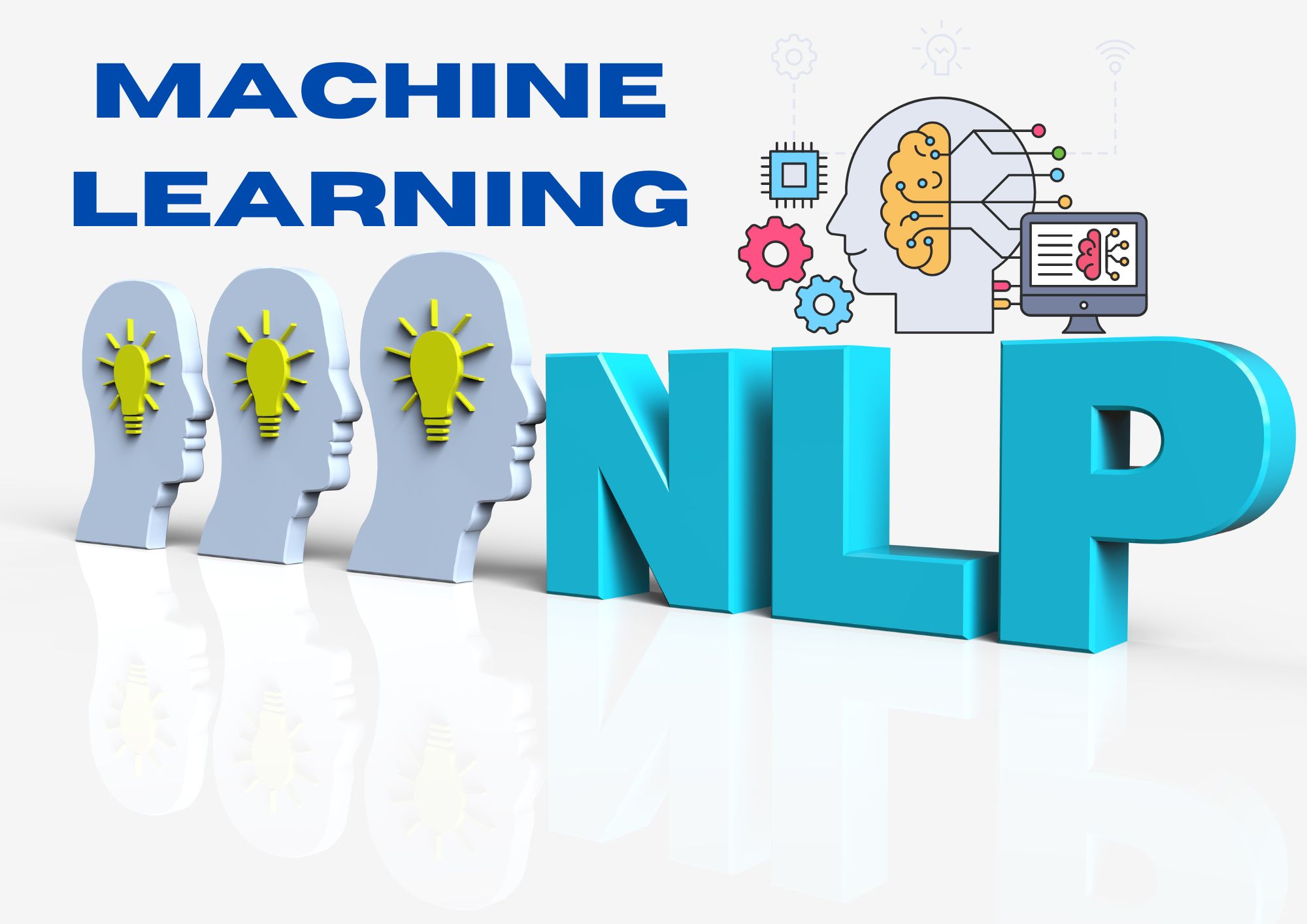The world of artificial intelligence (AI) has advanced leaps and bounds in the past decade, and a key player in this progress is natural language processing (NLP).
Machine learning (ML) has been revolutionized by the power of NLP, opening up new doors for developers and researchers alike.
This article delves deep into the fascinating world of NLP, shedding light on its applications, techniques, and tools. We’ll discuss sentiment analysis, text classification, and much more.
So, get ready to be amazed by the power of NLP in machine learning!
What is Natural Language Processing (NLP)?
Natural Language Processing (NLP) is a subfield of artificial intelligence and linguistics that focuses on the interaction between computers and human language.
It aims to enable machines to understand, interpret, and generate human language in a meaningful and useful manner.
NLP involves processing text or speech data and extracting relevant information, which can be further utilized by machine learning algorithms to improve their performance.
NLP and Machine Learning: A Perfect Marriage
Machine learning has played a critical role in the development of NLP. By combining machine learning algorithms with linguistic knowledge, NLP applications have become smarter and more effective.
Some popular NLP techniques include:
- Tokenization: Breaking down the text into smaller units called tokens.
- Part-of-speech tagging: Assigning grammatical categories to tokens (e.g., noun, verb, adjective).
- Named Entity Recognition (NER): Identifying entities like people, organizations, or locations in the text.
- Dependency Parsing: Identifying relationships between words in a sentence.
These techniques form the foundation for more advanced NLP applications such as sentiment analysis and text classification.
Sentiment Analysis: Understanding Emotions
Sentiment analysis is a powerful NLP application that allows machines to determine the sentiment or emotion behind a piece of text.
This can be especially useful for businesses looking to monitor customer feedback, conduct market research, or even track social media trends.
For example, a company could use sentiment analysis to analyze product reviews and identify whether customers are happy or unhappy with their products.
If the majority of reviews are negative, the company can take appropriate action to improve the product or address customer concerns.
One popular approach to sentiment analysis is using machine learning algorithms like Naive Bayes or Support Vector Machines (SVM).
These algorithms can be trained on a labeled dataset (i.e., text with associated sentiment labels) and then used to classify new, unseen text based on the learned patterns.
Text Classification: Sorting Text Into Categories
Text classification, another NLP application, involves assigning predefined categories to a given text based on its content. This can be useful for tasks like spam detection, news categorization, or even language identification.
Machine learning plays a crucial role in text classification, with algorithms like Logistic Regression and Neural Networks being widely used.
For example, a spam detection system can be trained on a dataset of emails labeled as “spam” or “ham” (non-spam), enabling it to detect and filter out unwanted emails.
NLP Tools and Libraries
There are several NLP libraries and tools available that make it easy for developers to implement NLP applications. Some popular ones include:
- NLTK (Natural Language Toolkit): A powerful Python library for working with human language data. It provides easy-to-use interfaces for various NLP tasks such as tokenization, stemming, and sentiment analysis.
- spaCy: A high-performance NLP library for Python that focuses on providing industrial-strength solutions. It supports various NLP tasks like part-of-speech tagging, named entity recognition, and dependency parsing.
- Gensim: A Python library specifically designed for topic modeling and document similarity analysis. It’s particularly useful for working with large text corpora and implementing algorithms like Latent Semantic Analysis (LSA) and Latent Dirichlet Allocation (LDA).
- TensorFlow Text: An extension of the popular TensorFlow machine learning framework, TensorFlow Text focuses on providing NLP functionality such as text preprocessing and tokenization, which can be combined with TensorFlow’s ML capabilities for powerful NLP applications.
- Hugging Face Transformers: A widely-used library for state-of-the-art NLP models, including pre-trained models like BERT, GPT-2, and RoBERTa. It makes it easy to fine-tune these models for specific NLP tasks, such as sentiment analysis and text classification.
Real-world NLP Applications and Examples
NLP has found its way into numerous real-world applications, demonstrating its power and versatility. Some prominent examples include:
- Chatbots and virtual assistants: NLP enables chatbots like Siri, Alexa, and Google Assistant to understand and respond to user queries in a natural, human-like manner.
- Machine translation: Services like Google Translate utilize NLP techniques to translate text between different languages, making communication across language barriers easier.
- Social media monitoring: Businesses use NLP-powered tools to analyze social media sentiment, helping them understand customer opinions and trends.
- Resume screening: NLP can help HR departments streamline the recruitment process by automatically parsing and categorizing resumes based on job requirements.
The power of natural language processing (NLP) in machine learning cannot be understated.
From sentiment analysis to text classification, NLP has revolutionized the way machines understand and interact with human language.
With continuous advancements in the field and the availability of powerful tools and libraries, NLP will continue to play a vital role in shaping the future of artificial intelligence.
So, stay tuned for even more fascinating developments in the world of NLP!
Thank you for reading our blog, we hope you found the information provided helpful and informative. We invite you to follow and share this blog with your colleagues and friends if you found it useful.
Share your thoughts and ideas in the comments below. To get in touch with us, please send an email to dataspaceconsulting@gmail.com or contactus@dataspacein.com.
You can also visit our website – DataspaceAI



